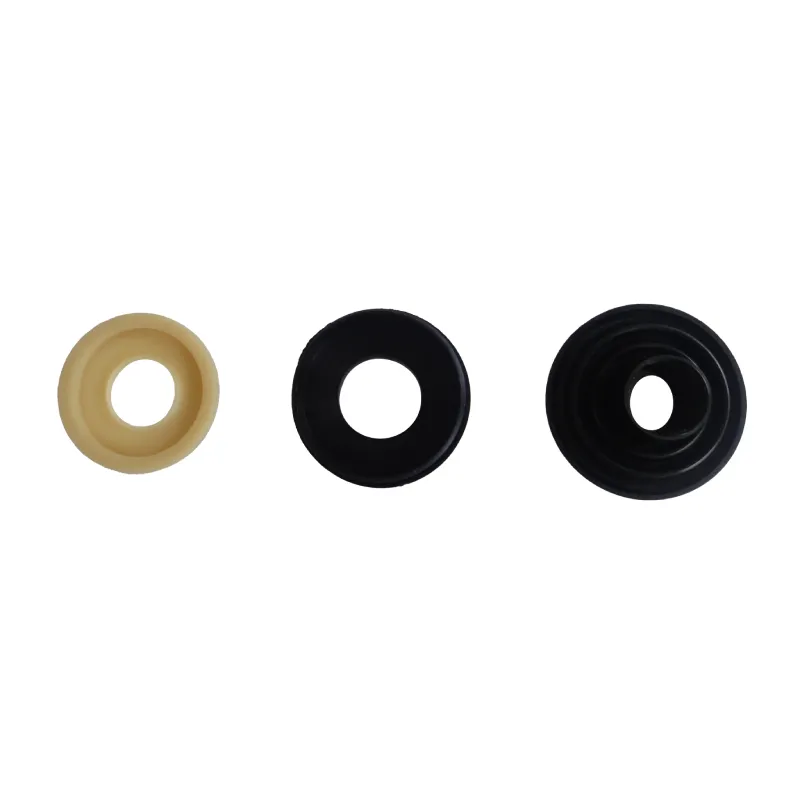 Afrikaans
Afrikaans  Albanian
Albanian  Amharic
Amharic  Arabic
Arabic  Armenian
Armenian  Azerbaijani
Azerbaijani  Basque
Basque  Belarusian
Belarusian  Bengali
Bengali  Bosnian
Bosnian  Bulgarian
Bulgarian  Catalan
Catalan  Cebuano
Cebuano  Corsican
Corsican  Croatian
Croatian  Czech
Czech  Danish
Danish  Dutch
Dutch  English
English  Esperanto
Esperanto  Estonian
Estonian  Finnish
Finnish  French
French  Frisian
Frisian  Galician
Galician  Georgian
Georgian  German
German  Greek
Greek  Gujarati
Gujarati  Haitian Creole
Haitian Creole  hausa
hausa  hawaiian
hawaiian  Hebrew
Hebrew  Hindi
Hindi  Miao
Miao  Hungarian
Hungarian  Icelandic
Icelandic  igbo
igbo  Indonesian
Indonesian  irish
irish  Italian
Italian  Japanese
Japanese  Javanese
Javanese  Kannada
Kannada  kazakh
kazakh  Khmer
Khmer  Rwandese
Rwandese  Korean
Korean  Kurdish
Kurdish  Kyrgyz
Kyrgyz  Lao
Lao  Latin
Latin  Latvian
Latvian  Lithuanian
Lithuanian  Luxembourgish
Luxembourgish  Macedonian
Macedonian  Malgashi
Malgashi  Malay
Malay  Malayalam
Malayalam  Maltese
Maltese  Maori
Maori  Marathi
Marathi  Mongolian
Mongolian  Myanmar
Myanmar  Nepali
Nepali  Norwegian
Norwegian  Norwegian
Norwegian  Occitan
Occitan  Pashto
Pashto  Persian
Persian  Polish
Polish  Portuguese
Portuguese  Punjabi
Punjabi  Romanian
Romanian  Russian
Russian  Samoan
Samoan  Scottish Gaelic
Scottish Gaelic  Serbian
Serbian  Sesotho
Sesotho  Shona
Shona  Sindhi
Sindhi  Sinhala
Sinhala  Slovak
Slovak  Slovenian
Slovenian  Somali
Somali  Spanish
Spanish  Sundanese
Sundanese  Swahili
Swahili  Swedish
Swedish  Tagalog
Tagalog  Tajik
Tajik  Tamil
Tamil  Tatar
Tatar  Telugu
Telugu  Thai
Thai  Turkish
Turkish  Turkmen
Turkmen  Ukrainian
Ukrainian  Urdu
Urdu  Uighur
Uighur  Uzbek
Uzbek  Vietnamese
Vietnamese  Welsh
Welsh  Bantu
Bantu  Yiddish
Yiddish  Yoruba
Yoruba  Zulu
Zulu Exploring the Benefits and Applications of Return Rollers in Conveyor Belt Systems
Return Roller for Conveyor Belts Importance and Functionality
In the manufacturing and material handling industries, conveyor belts play a crucial role in the transportation of goods and materials. Among the various components that make up a conveyor system, the return roller is vital to ensuring the efficient and reliable operation of the belt. This article delves into the functionality, importance, and aspects of return rollers for conveyor belts.
What is a Return Roller?
A return roller, as the name suggests, is a type of roller located in the return section of a conveyor belt system. Its primary function is to support the weight of the belt after it has completed the material transport cycle. The return rollers are positioned underneath the conveyor belt’s return run, helping to maintain the belt’s alignment and prevent sagging or misalignment that can lead to operational inefficiencies.
The Role of Return Rollers in Conveyor Systems
Return rollers serve several essential functions in a conveyor belt system
1. Support and Stability By providing support to the belt, return rollers help maintain its shape and structure, preventing it from drooping or bending. This stability is critical for the smooth operation of the conveyor system and for minimizing wear on the belt itself.
2. Minimizing Belt Wear A properly functioning set of return rollers reduces friction between the belt and the underlying structure. This reduction in friction leads to less wear and tear on the conveyor belt, extending its lifespan and reliability.
3. Alignment Maintenance The presence of return rollers ensures that the conveyor belt remains properly aligned during its return journey. Misalignment can lead to belt damage, material spillage, and increased operational costs. Return rollers act as guides, keeping the belt on the correct path.
return roller for conveyor belt

4. Facilitating Material Flow In some conveyor systems, especially those dealing with materials that may cause contamination or require dust control, return rollers can be designed to assist in the proper flow of materials, minimizing any potential issues during operation.
Types of Return Rollers
Return rollers come in various types, each designed for specific applications and environments. The commonly used types include
- Standard Rollers These are the most basic type, typically used in a range of applications for general-purpose material handling.
- Rubber-Coated Rollers Designed to decrease wear and noise, these rollers are ideal for applications where quiet operation is crucial.
- Impact Rollers These are used in sections of the conveyor belt that experience heavy loads or where materials fall onto the belt. They absorb shocks and help reduce damage to both the belt and the roller system.
- Self-Cleaning Rollers In environments where materials can easily accumulate, self-cleaning rollers are designed to prevent buildup, ensuring that the return section remains operational without frequent maintenance.
Conclusion
Return rollers are a fundamental component of conveyor belt systems, contributing to stability, alignment, and reduced wear. The choice of return roller type should be carefully considered based on the specific requirements of the application and the materials being handled. By investing in high-quality return rollers, companies can enhance the efficiency and longevity of their conveyor systems, ultimately leading to increased productivity and reduced operational costs. Whether in manufacturing, mining, or logistical operations, the significance of return rollers cannot be overstated.
-
Revolutionizing Conveyor Reliability with Advanced Rubber Lagging PulleysNewsJul.22,2025
-
Powering Precision and Durability with Expert Manufacturers of Conveyor ComponentsNewsJul.22,2025
-
Optimizing Conveyor Systems with Advanced Conveyor AccessoriesNewsJul.22,2025
-
Maximize Conveyor Efficiency with Quality Conveyor Idler PulleysNewsJul.22,2025
-
Future-Proof Your Conveyor System with High-Performance Polyurethane RollerNewsJul.22,2025
-
Driving Efficiency Forward with Quality Idlers and RollersNewsJul.22,2025





























